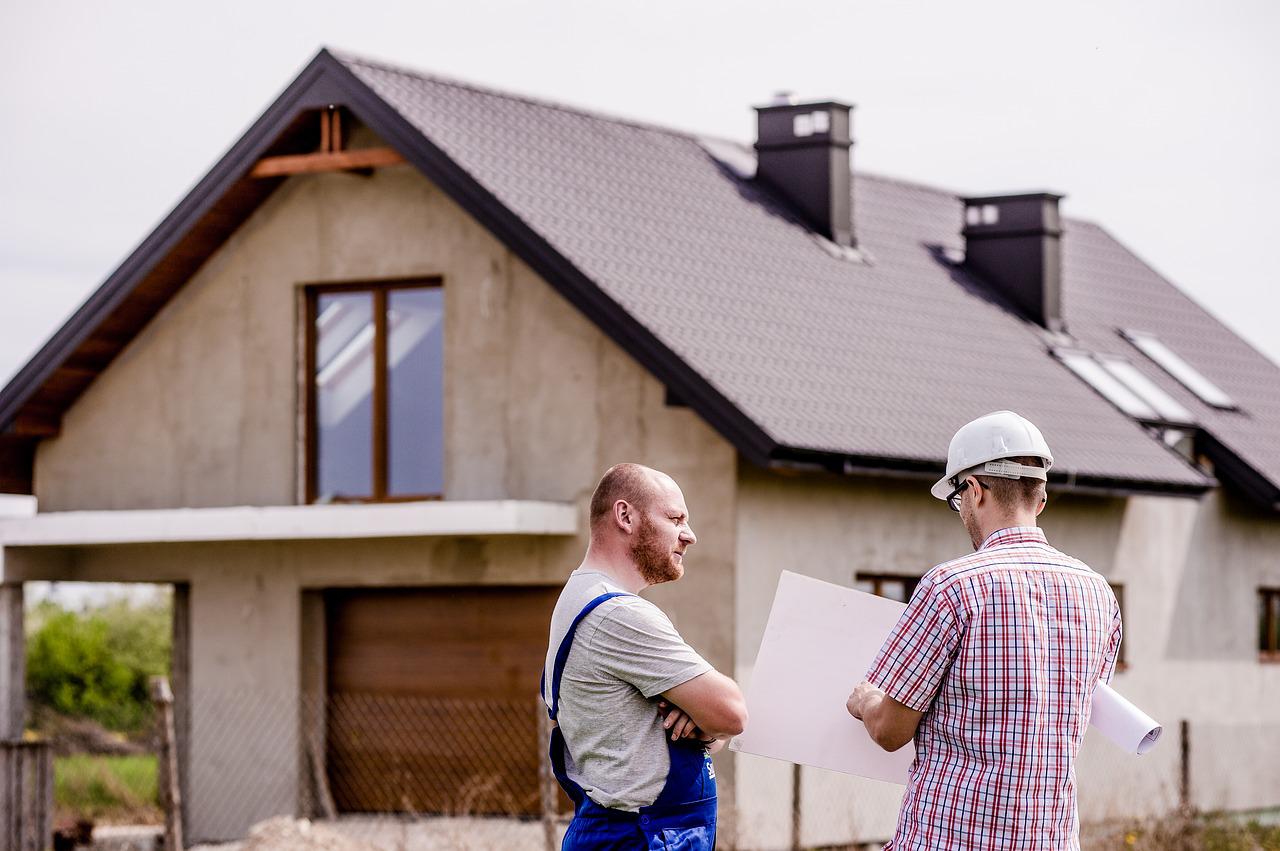Tools and Materials for Renovation: Must-Have Equipment and Materials
Renovating your house can be an exciting yet daunting task. If you're refreshing a specific room or embarking on a complete transformation, having the right tools and materials is crucial to realizing your vision. Home renovations require careful planning and implementation, and knowing which items you need can make a significant difference in the overall process.

As you begin your remodeling project, it is beneficial to have a clear list of must-have tools and materials at your fingertips. From basic equipment like mallets and drills to premium finishes that make your design to reality, being well-equipped will not just facilitate your work but also improve the quality of your output. This manual is designed to provide you with a comprehensive overview of the key items needed for effective home remodels, ensuring you are ready to take on any project that arises.
Vital Equipment for Renovation
When embarking on building projects, owning the appropriate equipment on location is vital for a prosperous undertaking. A quality electric drill is one of the most versatile tools you can own. It allows you to rapidly put together furniture, install fixtures, and tackle various tasks that require drilling or driving screws. A cordless drill is especially convenient for movement around your work area. Allocate resources in a set of drill bits to guarantee you can handle a variety of materials.
An additional essential tool is a round saw, which can make clean and accurate cuts on wood, plywood, and other materials. This tool is invaluable for major renovations where slicing large sheets or beams is necessary. By employing a circular saw, you can save time and achieve better accuracy than with a hand saw. Combine it with a sturdy workbench and clamps to improve safety and efficiency during your projects.
Lastly, make sure you have a full set of hand tools, including a tape measure, spirit level, and utility knife. A tape measure is necessary for accurate measurements to eliminate costly mistakes in your renovations. A level will help verify surfaces are even, while a utility knife is suitable for immediate cuts and finishing work. By outfitting yourself with these vital tools, you'll be ready for different tasks that come up in construction renovations.
Essential Components Required
As starting construction renovations, selecting the right materials is important for guaranteeing long-lasting results. One of the core materials is wood panels, which serves as a robust base for partitions, floors, and ceilings. These materials can withstand considerable stress, making them ideal for structural applications. Additionally, utilizing high-quality lumber for framing is essential, as it provides the necessary strength and stability to the renovation project.
An additional important category of materials comprises insulation and drywall. Adequate insulation not only adds to energy efficiency but also enhances comfort within the renovated space. Choosing the suitable type of insulation, such as fiberglass, foam board, or spray foam, can significantly affect the home's temperature regulation. Drywall is likewise vital, serving as the primary surface for indoor walls. Selecting moisture-resistant drywall in areas like kitchens and bathrooms can help prevent mold growth and ensure a healthy living environment.
In conclusion, finishing materials play a significant role in establishing the aesthetic of the renovation. This comprises paint, tiles, flooring options, and cabinetry. Selection of paint should focus on durability and finish to resist wear and tear while providing the desired look. High-quality tiles for flooring or backsplashes add both style and functionality. Selecting cabinetry that combines form and function can elevate the overall design of the space, making it concurrently beautiful and practical for daily use.
Protective Gear and Precautions
As you starting construction renovations , safety must always be the foremost priority. Ensure that you have the appropriate safety equipment before starting any project. Hard hats, safety goggles, gloves, and sturdy work boots are crucial for protecting against any hazards. In addition, using ear protection while working with harsh equipment can prevent permanent hearing damage. Make it a habit to wear this gear anytime you are on site, as the risk of accidents rises significantly if you lack proper protective measures.
One of the most important aspects of safety during renovations is maintaining the work area tidy and free from obstacles. This reduces the risk of trips and falls, which are prevalent injuries in construction environments. Ensure that tools are stored securely after use and that materials are carefully stacked. Mark off hazardous areas and use barriers to prevent unauthorized entry, especially if children or pets are nearby. Maintaining a clean workspace not only ensures safety but also promotes a more efficient and productive renovation workflow.
In conclusion, it’s important to be aware about safety protocols and best practices pertaining to your renovations. Familiarize yourself with local building codes and regulations to ensure conformity and reduce risks. If appropriate, consider attending a safety training course or workshop related to construction work. By prioritizing safety and continuing your education, you can protect yourself and others while successfully carrying out your renovation projects.